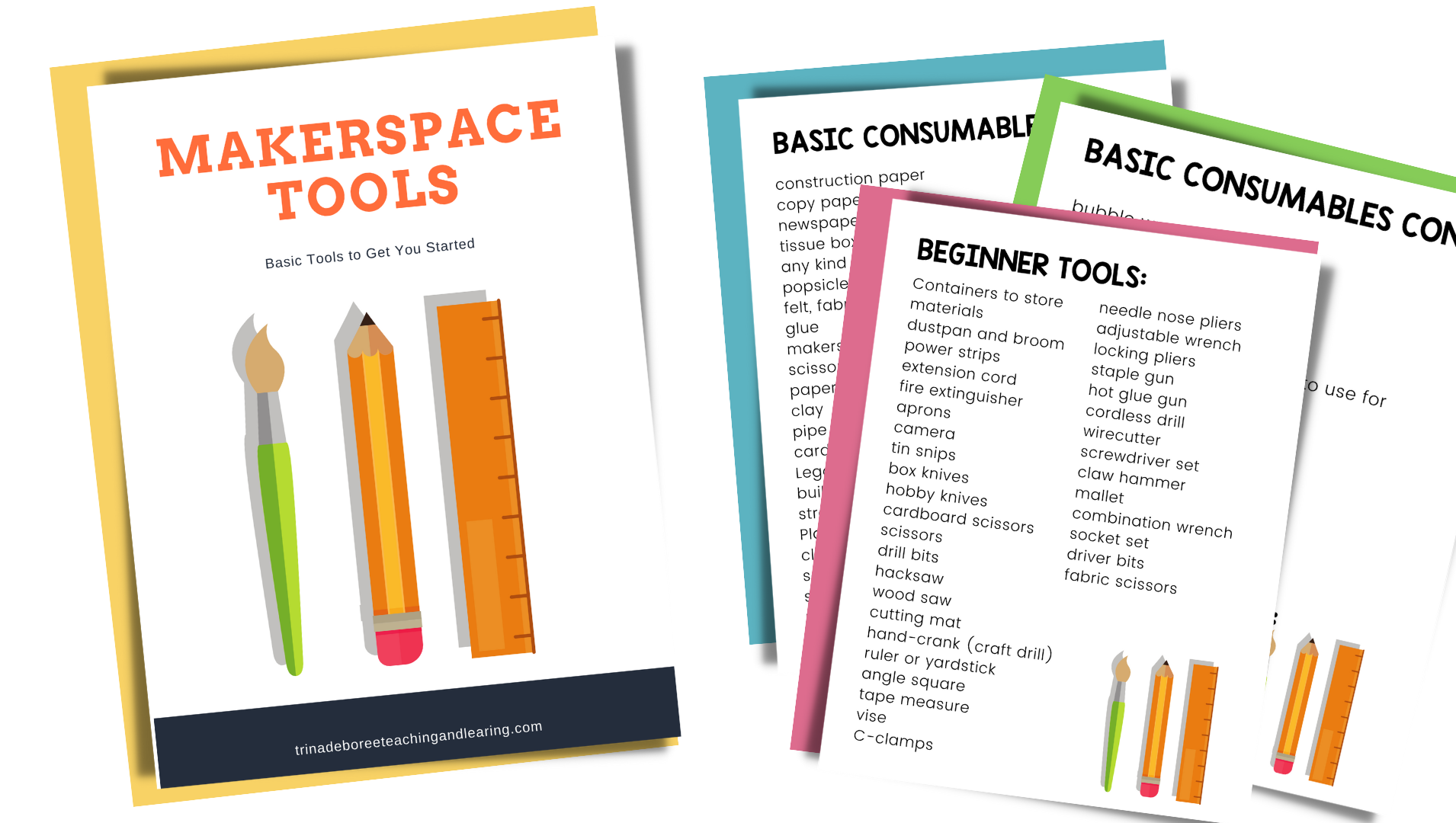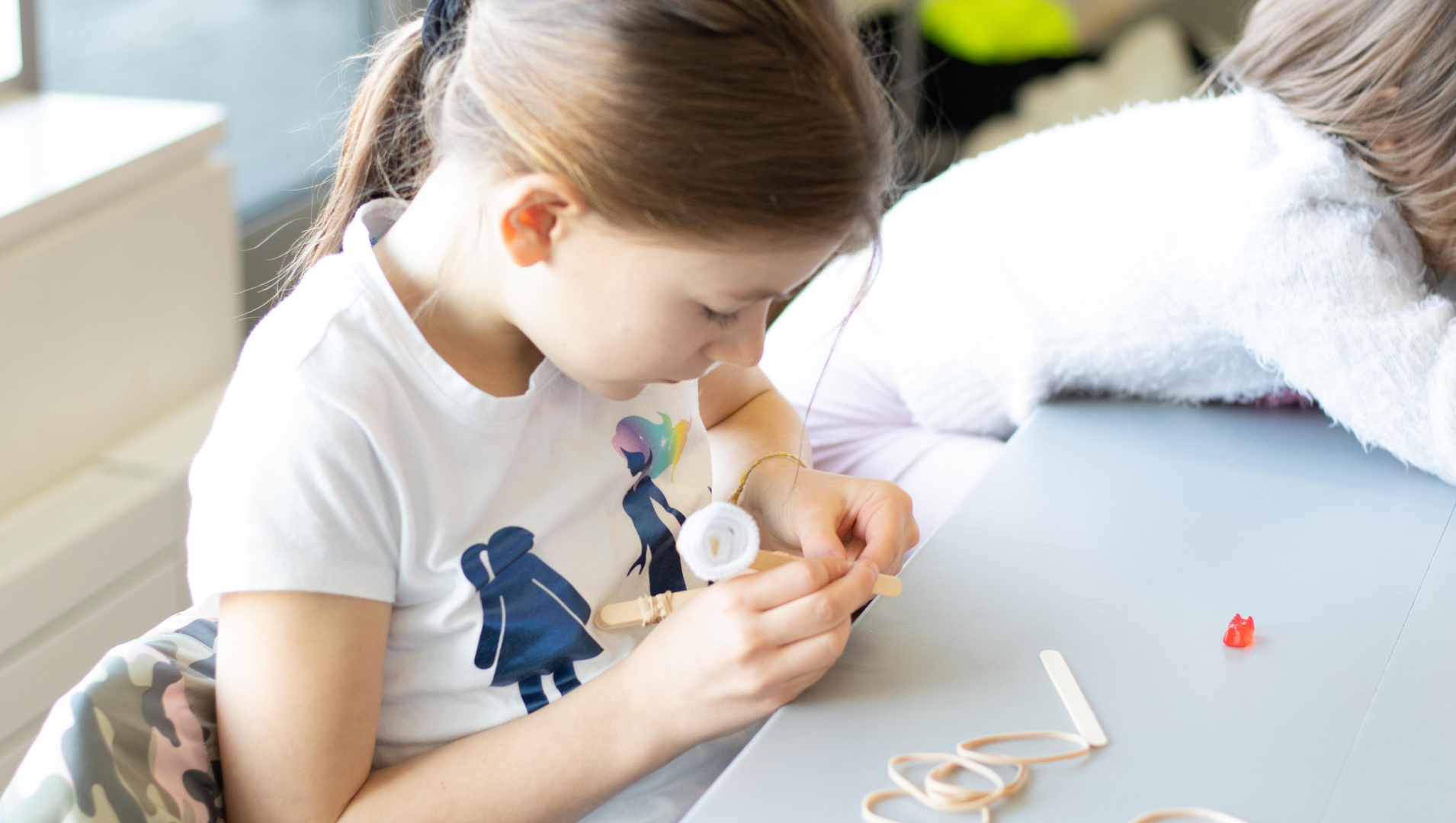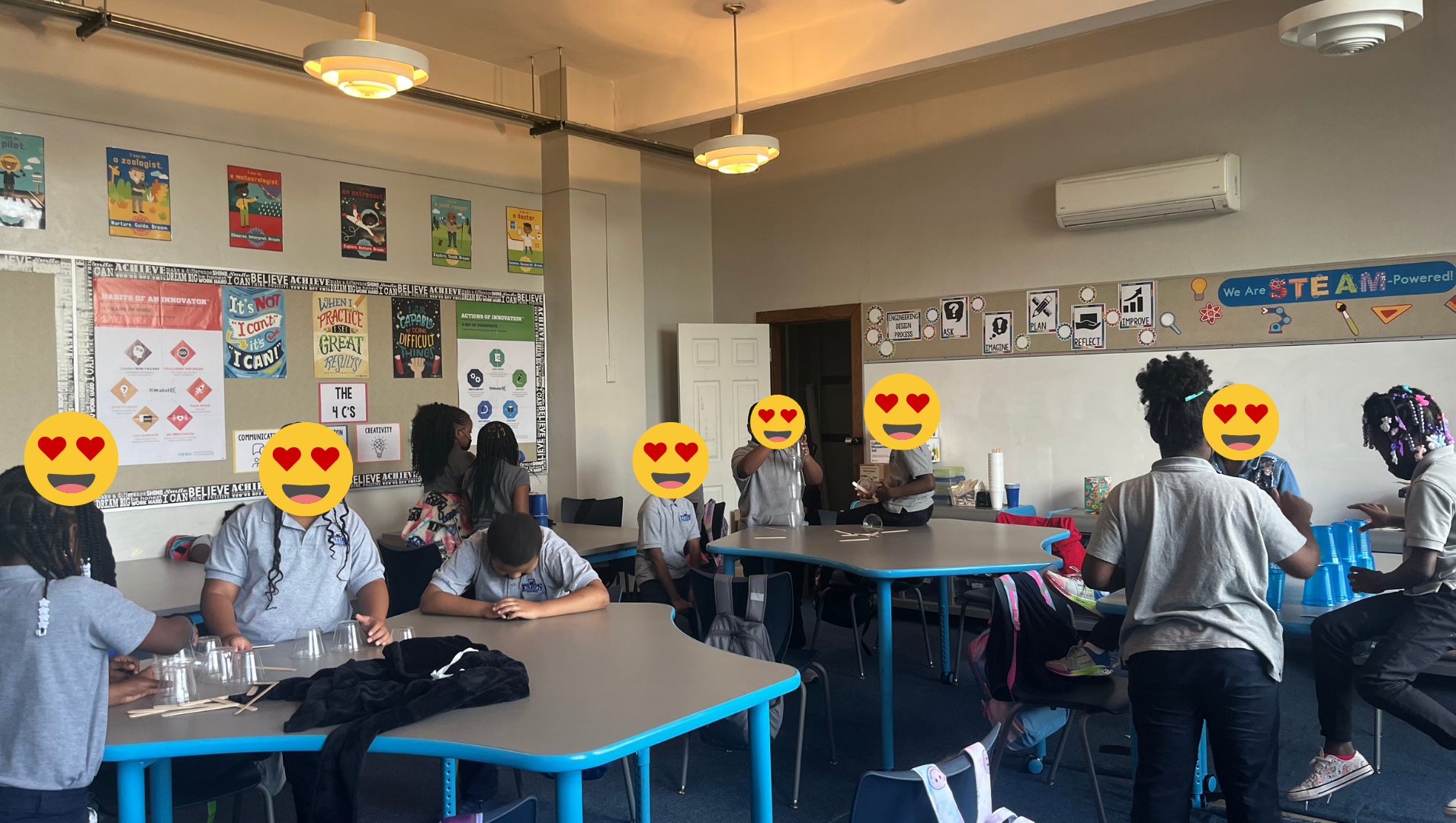Making AWESOME Makerspaces: The 7 Attributes of a Great Makerspace
Are you ready to integrate makerspace into your learning environment?
Do you crave hands-on learning that engages your creativity and problem-solving skills? If so, it's time to join the makerspace movement.
Makerspaces are communal areas where individuals can come together to tinker, experiment, create, and collaborate with one another. But not all makerspaces are created equal. To truly foster a culture of innovation and exploration, seven key attributes make a great makerspace stand out from the rest. So grab your tools and get ready to learn what it takes to make an AWESOME makerspace! Plus, giving kids choices, hands-on experiences, and community is the best way to get them excited about learning!
Seven Key Attributes That Make a Great Makerspace
Flexibility
One key to a great makerspace is flexibility! Don't get me wrong, having a variety of tools is essential. But what good are all those shiny gadgets if they're only used for one or two activities?
A genuinely great makerspace embraces variety and allows for an ever-changing array of activities. Sure, 3D printers are fantastic, but what about painting? Or woodworking? Or even just some good old-fashioned crafting? By providing opportunities for diverse projects and experiences, your makerspace will attract kids with different interests and skill levels.
But how do you achieve this level of flexibility? The answer lies in being adaptable. Look for new tools and equipment that can be added to your space. Please encourage students to share their own skills and ideas for projects.
Another benefit of having a flexible makerspace is the ability to adapt to various projects. When we use our makerspace as a free time or free choice area but never use it to integrate subjects, teach STEM, or even as a soft start, we may be wasting our valuable makerspace. Being flexible allows for intentional learning experiences that bring true joy to learning for our students.
Accessibility
Are you tired of hearing about how STEM is the future? Here's a secret: STEM has been the future for years. And if you want to make sure your kids are ready for critical 21st-century skills, there's one crucial attribute a makerspace needs: accessibility.
When a makerspace is accessible, more kids can participate in hands-on activities that teach them valuable problem-solving and critical-thinking skills. And let's be honest - those skills will come in handy whether they're building robots or just trying to navigate adulthood.
But accessibility isn't just about ensuring every kid can physically access the space (although that's important too). It's also about breaking down barriers to entry by providing resources and support for all skill levels. After all, everyone must start somewhere - even if it means gluing their fingers together with hot glue.
This is one of my favorite reasons for using makerspace in the classroom. Makerspace is open to all ages and abilities. Plus, you can always tweak criteria and constraints to differentiate instruction making the activities and maker mindset accessible for all students.
Differentiated
If you're looking to make a great makerspace, there's one attribute you need to pay attention to - differentiation. This is the key to making your space mean something important to your students and will keep kids coming back for more.
So what exactly does differentiation mean in this context? It means offering something unique and special that can't be found elsewhere. It could be a collection of cutting-edge tools and equipment only available in your space or a lineup of makerspace activities explicitly tailored to your student's needs and interests. It can also mean ensuring all kids get what they need at school.
Great makerspaces are a happy place for even our most reluctant learners. Effective makerspaces draw in all types of learners and are flexible enough to pivot when needed.
Tools and Tech
Your makerspace doesn't have to offer the best tools and tech for your next project. The good news is most public libraries or school libraries have access to state-of-the-art equipment. Still, your classroom can have something other than 3-D printers, laser cutters, or other high-tech tools but can contain simple materials that are easy to find and collect.
A great makerspace begins with an array of materials. The key is providing a variety of tools that focus on an open-ended project rather than everyone must do the exact same thing. Kids need choices. The maker movement is all about problem-solving through creativity, collaboration, community building, and critical thinking, and with access to various tools at your fingertips, anything is possible.
And don't worry if you don't have the physical space for all the tools. You can use portable makerspaces or even tubs of materials you pull out of the closet for makerspace time.
The point is the design process and creating collaborative community centers for students. The tech tools CAN be a part of this, but they do not have to be included.
Collaboration
Welcome to the world of makerspace! A place where creativity meets technology, and fun is the norm. In a great classroom or school makerspace, collaboration is as important as the maker activities themselves. It's no secret that teamwork makes the dream work, and in this case, it's about inspiring creative ideas in your own makerspaces.
Collaboration is not just about working together; it's about valuing each other's unique skill sets and leveraging them to create something amazing. In a makerspace setting, students explore their passion for thinking while learning how to work with others toward a common goal. Whether building robots with duct tape and glue guns or designing video games, collaboration enhances the learning experience by encouraging students to think outside their comfort zones. And kids working outside of the box is the key to maker education.
With teamwork comes an opportunity for innovation. Students collaborating on projects in a makerspace environment can freely share ideas and build upon each other's concepts. This is problem-based learning at its best.
A classroom makerspace is the best place for a broad range of abilities and interests in a collaborative environment. And when you focus on collaboration, you are also covering a great deal of social skills while you are at it. There are just so many new things to explore and discover inside a makerspace.
Hands-On Learning
When it comes to creating a great classroom or school makerspace, there's one attribute that reigns supreme: hands-on learning. You know the old saying, "Tell me and I forget, teach me and I remember, involve me and I learn"? That sums up the power of learning by doing. And what better way to put this principle into practice than with makerspace experiences?
Think about it: when students are allowed to get their hands dirty (sometimes quite literally), they're not just absorbing information but actively participating in the learning process. They're discovering new concepts through trial and error, problem-solving as they go along, and making connections between different ideas. Plus, let's be honest - who doesn't love tinkering with cool gadgets and gizmos?
Inspiring
Attention all educators of young makers, creative geniuses, and DIY enthusiasts! Are you ready to enter a world of endless possibilities? A place where you bring imagination to life with the help of different tools and materials. A great classroom or school makerspace will inspire all students' creative juices!
One attribute that sets apart a great makerspace from any other learning environment is its ability to inspire. Whether through choices and fun tools and materials or unique experiences, a great makerspace should have an atmosphere that immediately sparks creativity. Giving kids the gift of directing their own learning will inspire and motivate them to create something unique.
Conclusion: The Importance of a Great Makerspace
Congratulations! You have made it to the conclusion of this blog post about makerspaces. If you are still with me, it’s safe to say that you understand the importance of maker learning and how a great makerspace can foster creativity and innovation.
Let’s talk about the elephant in the room – not all makerspaces are created equal. A great makerspace should be more than just a room filled with tools and materials. It should be a place where people can collaborate to share ideas, collaborate on projects, and learn from each other.
When it comes down to it, a great makerspace is all about community. It’s about creating an environment where kids can explore their curiosity without fear of failure. Instead, we use failure to move us forward and celebrate the lessons learned through failure.
Ready for more on Makerspace? Need a step-by-step Makerspace Course? I would love to have you join me inside Mastering Makerspace.











